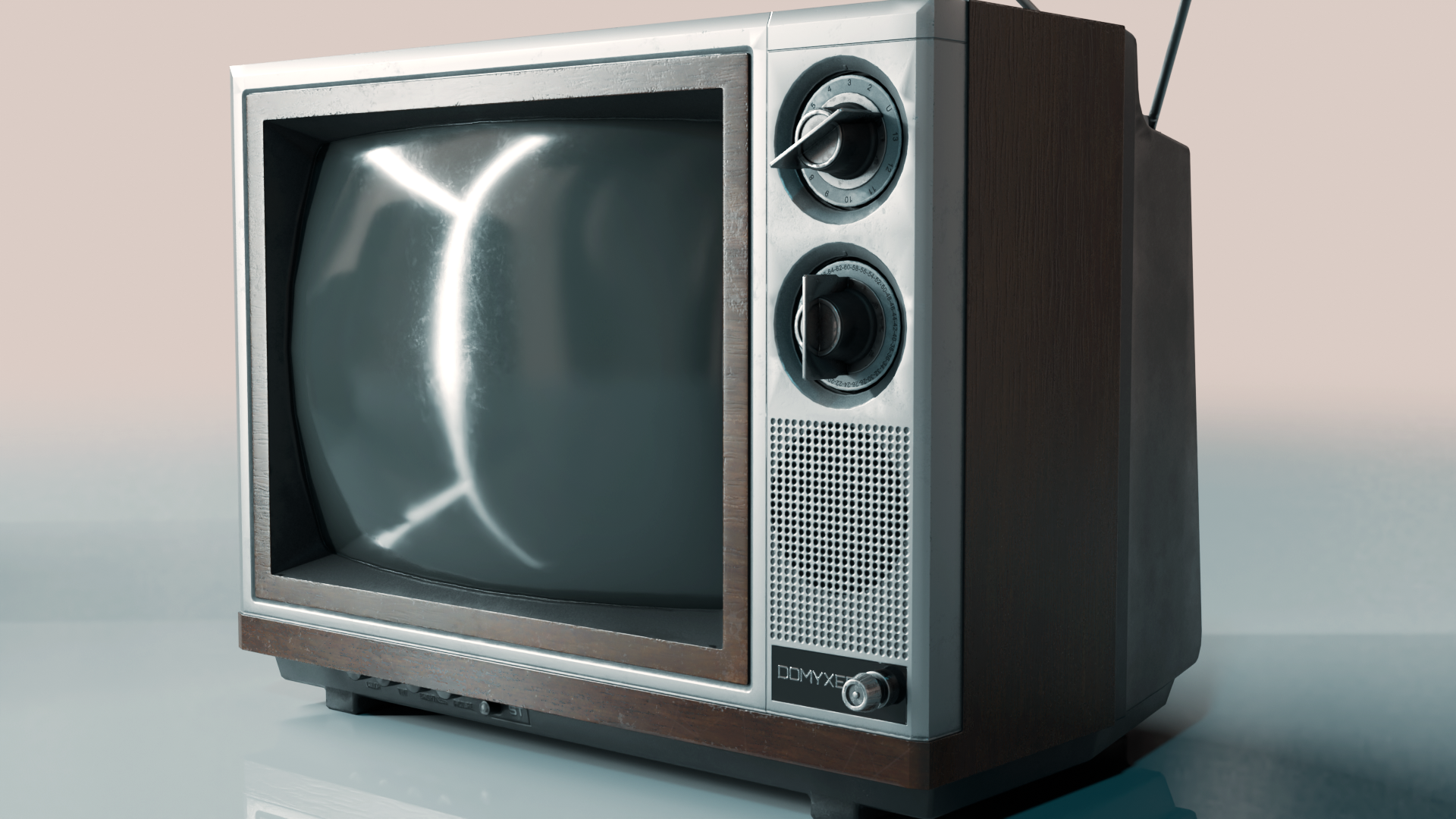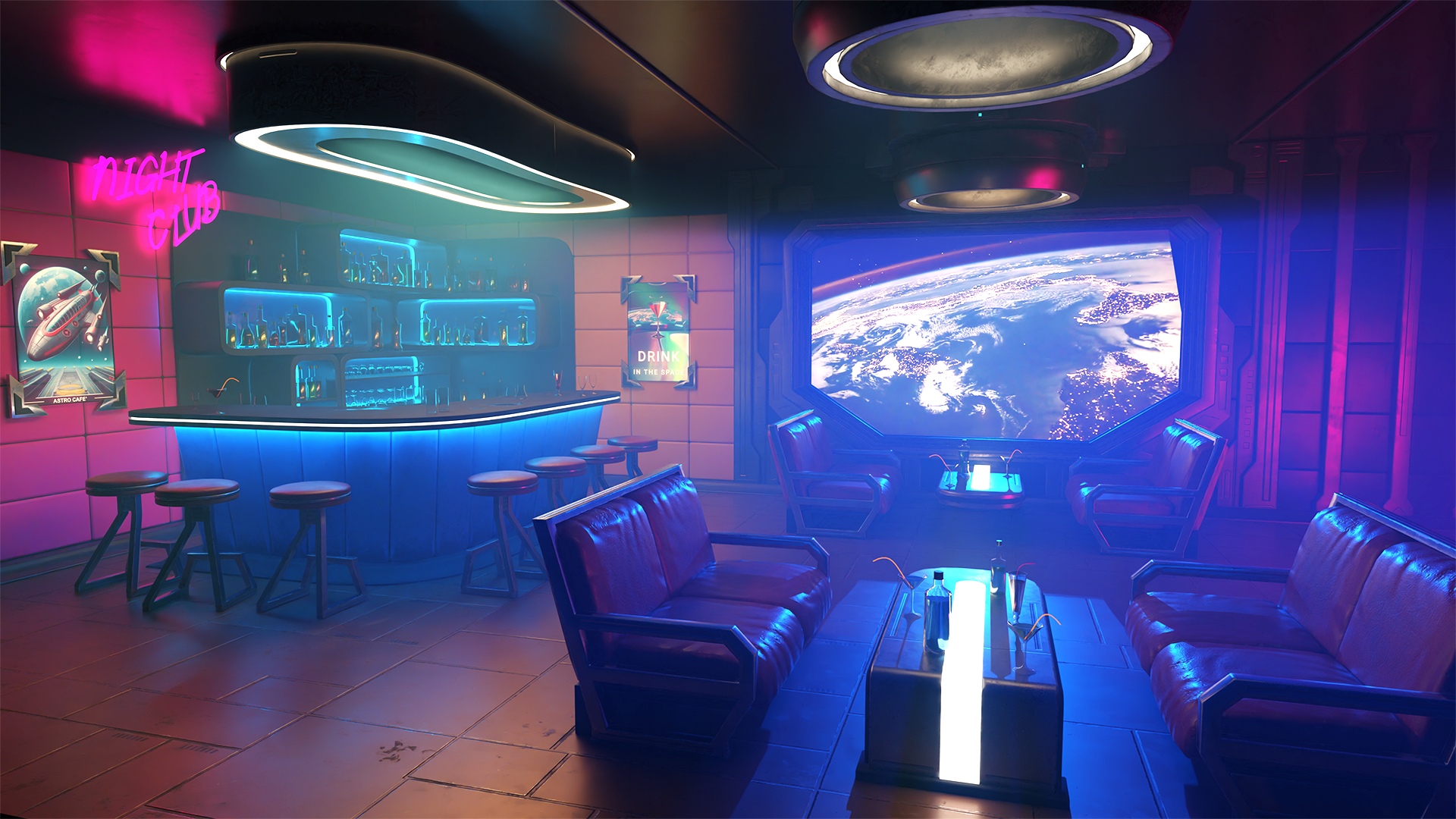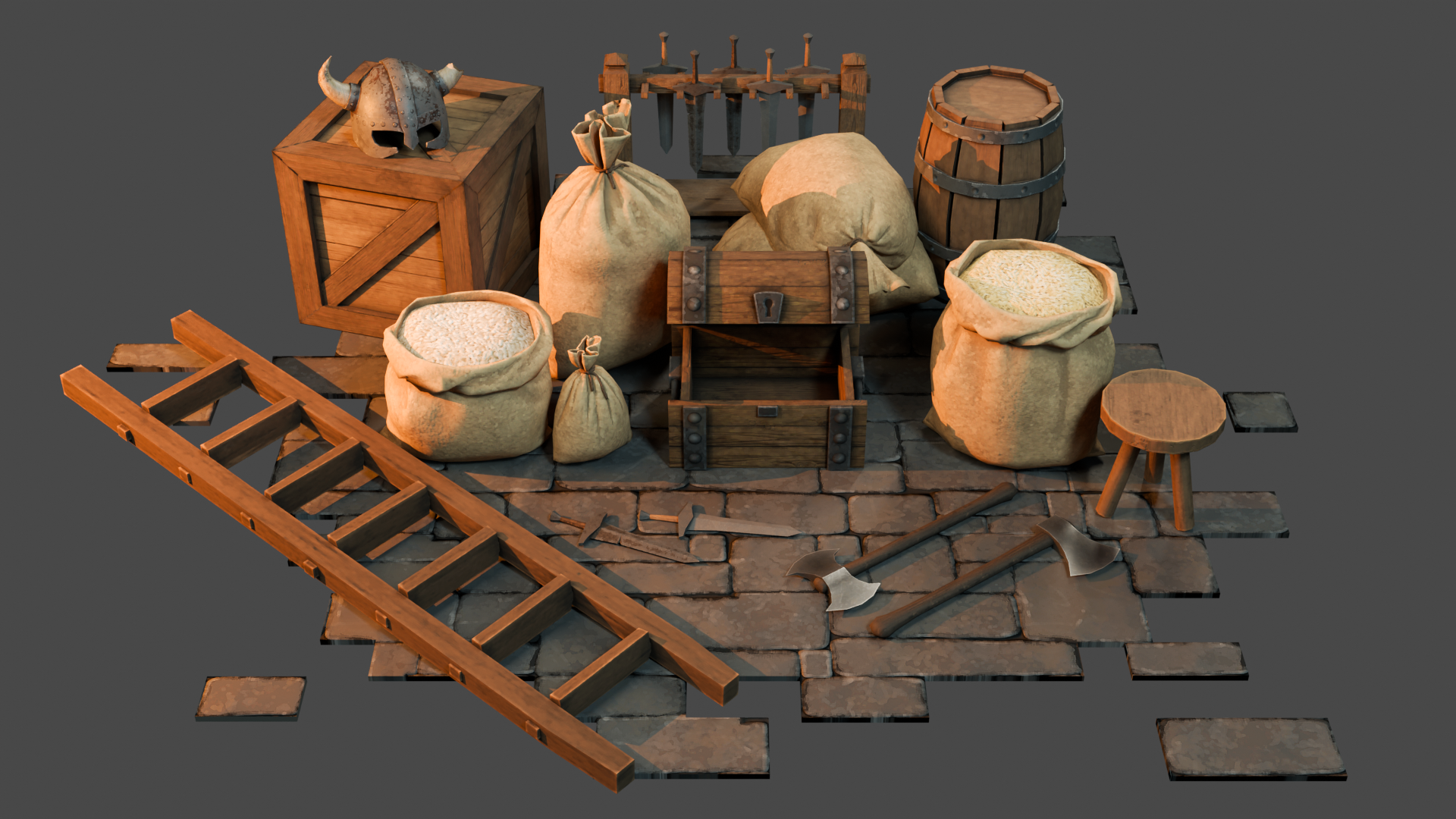Vhs - Highpoly And Lowpoly
$3.99
0.0 (0 voorbeeld)
Model of a VHS (Video Cassette) in high definition with many details which makes the VHS very realistic. You can also find a very light lowpoly version, ideal for game engines. Also included are labels to apply to the video cassettes as you prefer.
Centered at origin. Real world scale. Clean UVs. Fully unwrapped. Without overlaps. Unique and meaningful names for objects. Materials and textures 4k.
Enjoy the models, and leave a feedback, please.
Follow me on Patreon: www.patreon.com/pizzaandgames Instagram: @pizzaandgames
Centered at origin. Real world scale. Clean UVs. Fully unwrapped. Without overlaps. Unique and meaningful names for objects. Materials and textures 4k.
Enjoy the models, and leave a feedback, please.
Follow me on Patreon: www.patreon.com/pizzaandgames Instagram: @pizzaandgames
Model of a VHS (Video Cassette) in high definition with many details which makes the VHS very realistic. You can also find a very light lowpoly version, ideal for game engines. Also included are labels to apply to the video cassettes as you prefer.
Centered at origin. Real world scale. Clean UVs. Fully unwrapped. Without overlaps. Unique and meaningful names for objects. Materials and textures 4k.
Enjoy the models, and leave a feedback, please.
Follow me on Patreon: www.patreon.com/pizzaandgames Instagram: @pizzaandgames
In stock
·Digital
·Nieuw
Italy







